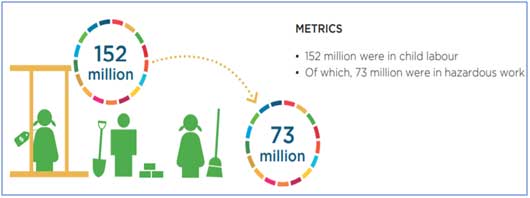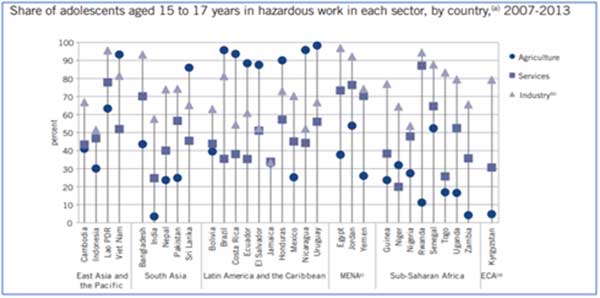Eligible Countries: Sub-Saharan African countries
To be Taken at (Country): Russia
About the Award: The 5th annual online video competition “Atoms for Africa” is dedicated to finding solutions for sustainable economic and social development in Africa through the use of innovative nuclear technologies. Students and young professionals from Sub-Saharan African countries are invited to participate and stand a chance to win an all-expenses paid fact-finding trip to Russia.
This year participants are required to research how nuclear technologies can assist in achieving the UN Sustainable Development Goals (UNSDGs) in Africa. The contest will run from 1 August until 30 September 2019. Young people are encouraged to film a short video about their findings and promote it on Facebook.
Type: Contest
Eligibility: The competition is open to everyone aged 18-30 residing in Sub-Saharan Africa, and is not limited to engineering and science
- Each team can consist of up to 3 people
- We accept entries from young people (ages of 18 to 30)
- Participants must be permanent residents of the countries from Sub-Saharan Africa (Angola, Benin, Botswana, Burkina Faso, Burundi, Cabo Verde, Cameroon, Central African Republic, Chad, Comoros, Congo, Dem. Rep., Congo, Rep., Cote d’Ivoire, Equatorial Guinea, Eritrea, Ethiopia, Gabon, Gambia, Ghana, Guinea, Guinea-Bissau, Kenya, Lesotho, Liberia, Madagascar, Malawi, Mali, Mauritania, Mauritius, Mozambique, Namibia, Niger, Nigeria, Rwanda, Sao Tome and Principe, Senegal, Seychelles, Sierra Leone, Somalia, South Africa, Swaziland, Tanzania, Togo, Uganda, Zambia, Zimbabwe).
- SHORTLIST: Jury decision based on creativity, comprehensibility and impact
- FINALS: Number of likes after it is posted on Rosatom Africa Facebook page
The winners will be announced at the award ceremony that will take place within 2nd African Nuclear Youth Summit to be held in Johannesburg, South Africa in early October 2019.
Selection:
Selection:
- Video topic: “How nuclear technologies can assist in achieving the United Nations Sustainable Development Goals (UNSDGs) in Africa?”
- Maximum length is 3 minutes
- Videos must be in English
- Video can be made in any quality you seem that fits your vision (professional & smart phone)
- All video content must be original, produced by the young people who are making the competition submission.
- Use of any video content produced by or obtained from the professional organizations, university or other third parties is permitted in no more than 50% of the original video.
- Video must be published on Facebook with no restrictions on its visibility for any Facebook visitors
- The post must tag @Rosatominafrica Facebook page and contain hashtags: #Atoms4Africa, #AtomsForAfrica, #RosatomCompetition
- The video must be posted no later than 30th of September 2019
Number of Awards: Not specified
Value of Award:
- 1st and 2nd place winners will go on an all-expenses paid trip to Russia in November 2019
- 3rd place winners will receive valuable prizes
- Seven other shortlisted videos will be rewarded with commemorative certificates and gifts
- No cash compensations
- It is important to go through all application requirements in the Award Webpage (see Link below) before applying.



